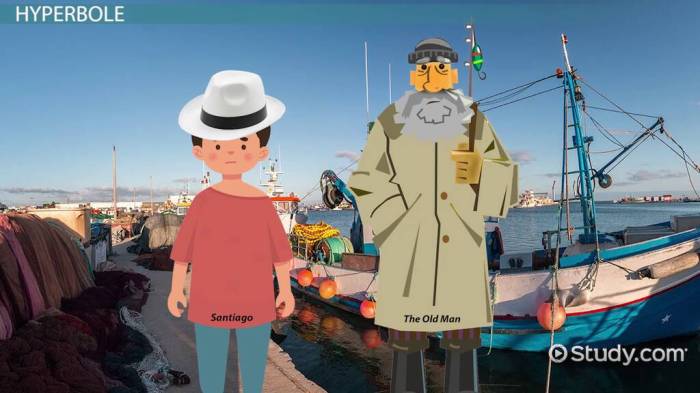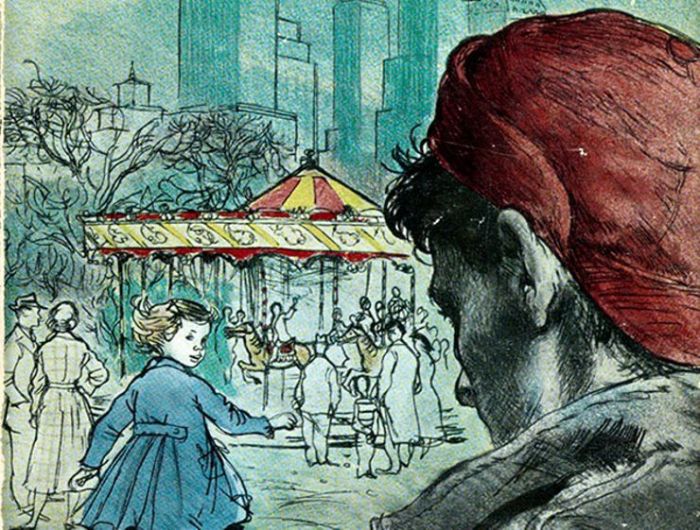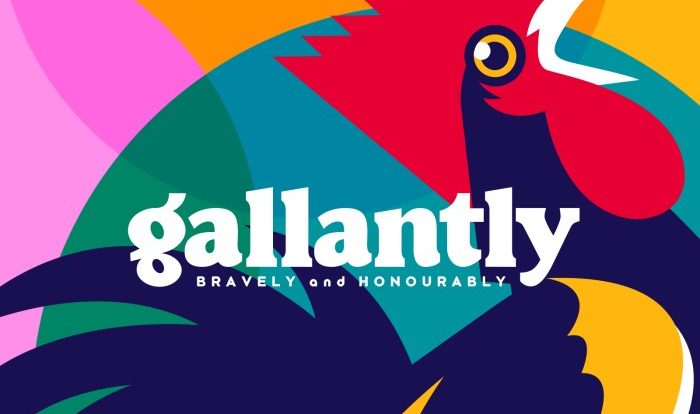Figurative language in catcher in the rye – Figurative language in “The Catcher in the Rye” is a rich tapestry of literary devices that illuminate the novel’s characters, themes, and setting. From the evocative similes to the profound metaphors, J.D. Salinger employs figurative language to create a vivid and immersive narrative that resonates with readers on a profound level.
This comprehensive analysis delves into the various types of figurative language employed in “The Catcher in the Rye,” exploring their significance and impact on the novel’s overall meaning.
Figurative Language in The Catcher in the Rye: Figurative Language In Catcher In The Rye

Figurative language plays a crucial role in J.D. Salinger’s novel, The Catcher in the Rye, enhancing the narrative, characterization, and thematic depth of the story.
Similes in The Catcher in the Rye, Figurative language in catcher in the rye
Salinger employs similes to create vivid imagery and draw comparisons between objects, ideas, or experiences. For instance, Holden Caulfield describes his sister Phoebe as “smart as a whip” and the school assembly as “as phony as a three-dollar bill.” These similes not only add humor but also convey Holden’s critical and cynical perspective on the world.
Metaphors in The Catcher in the Rye
Metaphors extend the comparisons made in similes by implying that one thing is another. Holden frequently uses metaphors to express his feelings and experiences. For example, he refers to the phoniness of the adult world as a “plastic bag” that he feels trapped in.
This metaphor symbolizes the stifling and artificial nature of society that Holden finds suffocating.
Personification in The Catcher in the Rye
Personification attributes human qualities to non-human objects or ideas. Salinger uses personification to create a more engaging and relatable narrative. For instance, Holden describes the wind as “whispering” to him, giving it a sense of agency and empathy. This personification helps to convey Holden’s loneliness and desire for connection.
Irony in The Catcher in the Rye
Irony is used throughout the novel to create humor and highlight the contradictions between characters’ perceptions and reality. For example, Holden’s belief that he is a “catcher in the rye” who protects children from the dangers of adulthood is ironic given his own immature and cynical behavior.
This irony serves to emphasize Holden’s disconnect from the world and his struggle to reconcile his idealism with the harsh realities of life.
Symbolism in The Catcher in the Rye
Symbols are objects, characters, or events that represent abstract ideas or concepts. Salinger uses symbolism extensively in The Catcher in the Rye to enhance the novel’s depth and resonance. For instance, the carousel in Central Park represents Holden’s longing for innocence and his fear of the future.
This symbol captures the central conflict of the novel and Holden’s struggle to find his place in the world.
FAQ Explained
What is the significance of similes in “The Catcher in the Rye”?
Similes in the novel create vivid comparisons that illuminate character traits and enhance the narrative’s emotional impact.
How does metaphor contribute to the novel’s exploration of Holden Caulfield’s character?
Metaphors in the novel reveal Holden’s inner conflicts, his search for authenticity, and his disillusionment with society.
What is the impact of personification in “The Catcher in the Rye”?
Personification in the novel brings inanimate objects to life, creating a sense of empathy and enhancing the novel’s emotional resonance.



